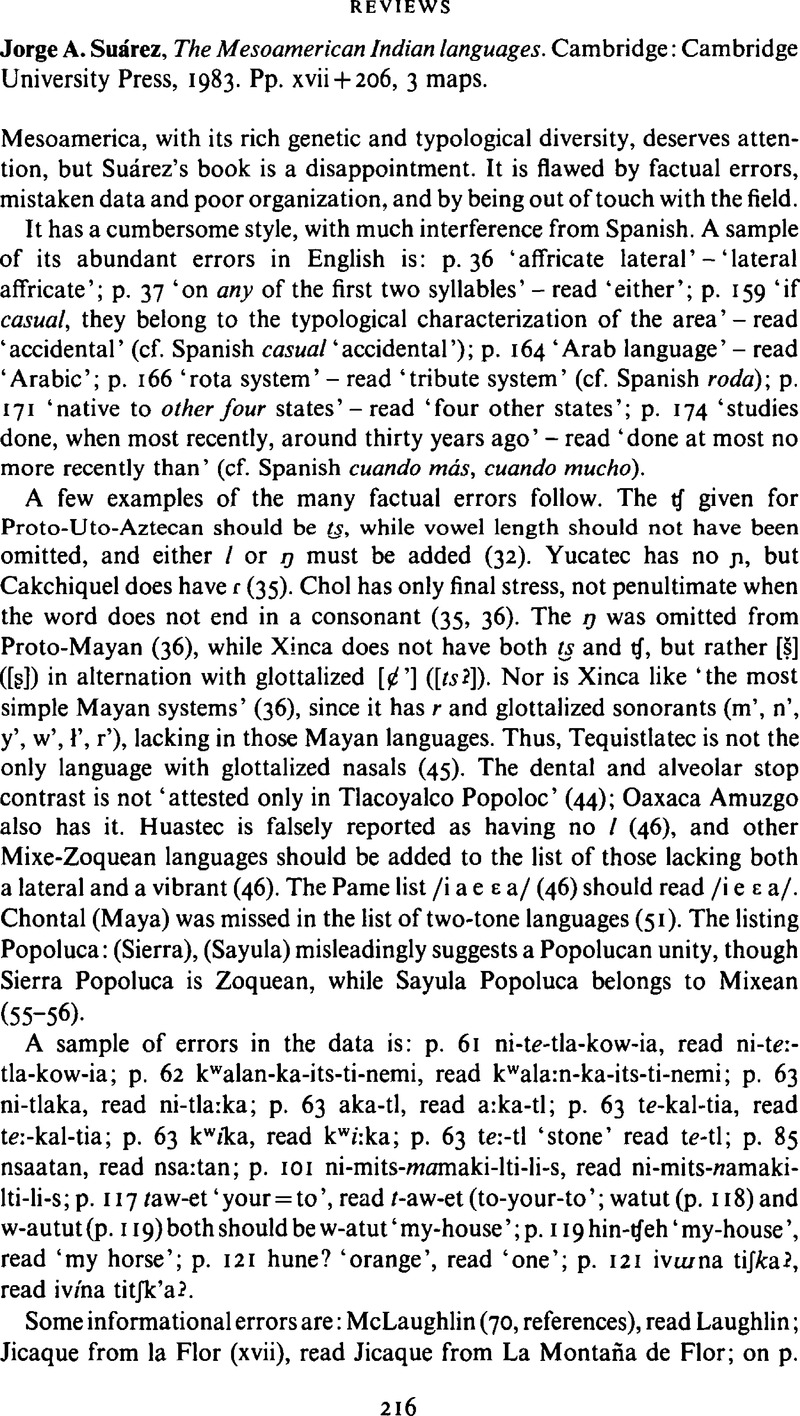Dakin, Karen (
1981). The characteristics of a Nahuatl
Lingua franca. In
Nahuatl studies in memory of Fernando Horcasitas. Texas Linguistics Forum 18,
Frances, Karttunen (ed.),
55–
67.
Austin:
Department of Linguistics, University of Texas.
Google Scholar 